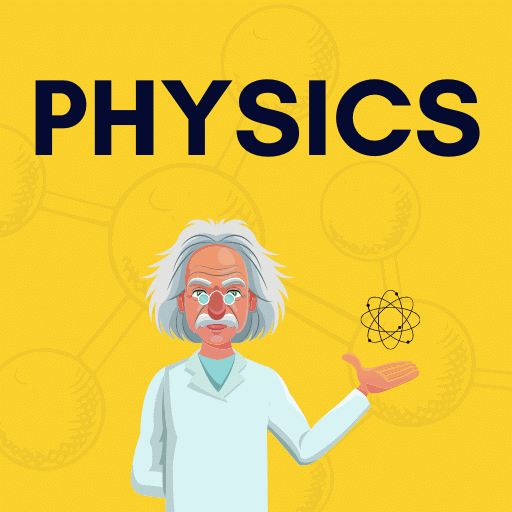Atoms and Molecules Class 9 Worksheet Science Chapter 3
Q.1. The maximum number of electrons in L shell is
(a) 8
(b) 18
(c) 28
(d) 38
Q.2. Which of the following statements is correct?
(a) Cathode rays travel in straight line and have momentum.
(b) Cathode rays travel in straight line and have no momentum
(c) Cathode rays do not travel in straight line but have Momentum.
(d) Cathode rays do not travel in straight line and have no momentum.
Q.3. Oxygen is –
(a) Monovalent
(b) Bivalent
(c) Trivalent
(d) Tetravalent
Q.4. Molecular mass of water (H2O) is
(a) 18g
(b) 8g
(c) 33g
(d) 34g
Q.5. Atomicity of chlorine and Argon is
(a) Diatomic and Monoatomic
(b) Monoatomic and Diatomic
(c) Monoatomic and Monoatomic
(d) Diatomic and Diatomic
Q.6. Stat the properties of cathode rays?
Q.7. Define the terms:
(a) Atomic number
(b) Mass number
Q.8. State the law of constant Proportion?
Q.9. Which postulate of Dalton’s atomic theory can explain the law of definite proportions?
Q.10. Which element will be more reactive and why → the element whose atomic number is 10 or the one whose atomic number is 11?
Q.11. What is the mass of 0.2 mole of oxygen atoms?
Q.12. The mass of an atom of element (X) is 2.0 × 10–23 g. Calculate its atomic mass.
Q.13. Calculate the molar mass of Nitric acid.
Q.14. Explain why the number of atoms in one mole of hydrogen gas is double the number of atoms in one mole of helium gas.
Q.15. If the valency of carbon is 4 and that of sulphur is 2, what is the chemical formula and name of the compound formed between carbon and sulphur atoms?
You can access the solutions to this worksheet here.
|
84 videos|384 docs|61 tests
|
FAQs on Atoms and Molecules Class 9 Worksheet Science Chapter 3
| 1. What are the basic building blocks of matter? |  |
| 2. How do atoms combine to form molecules? |  |
| 3. What is the difference between an atom and a molecule? |  |
| 4. What are some common examples of molecules? |  |
| 5. Why are atoms and molecules important in chemistry? |  |




























